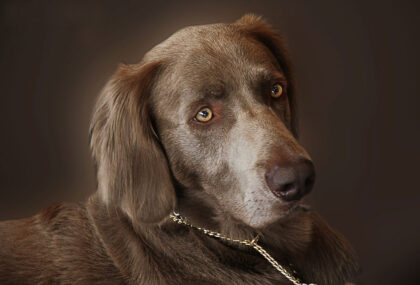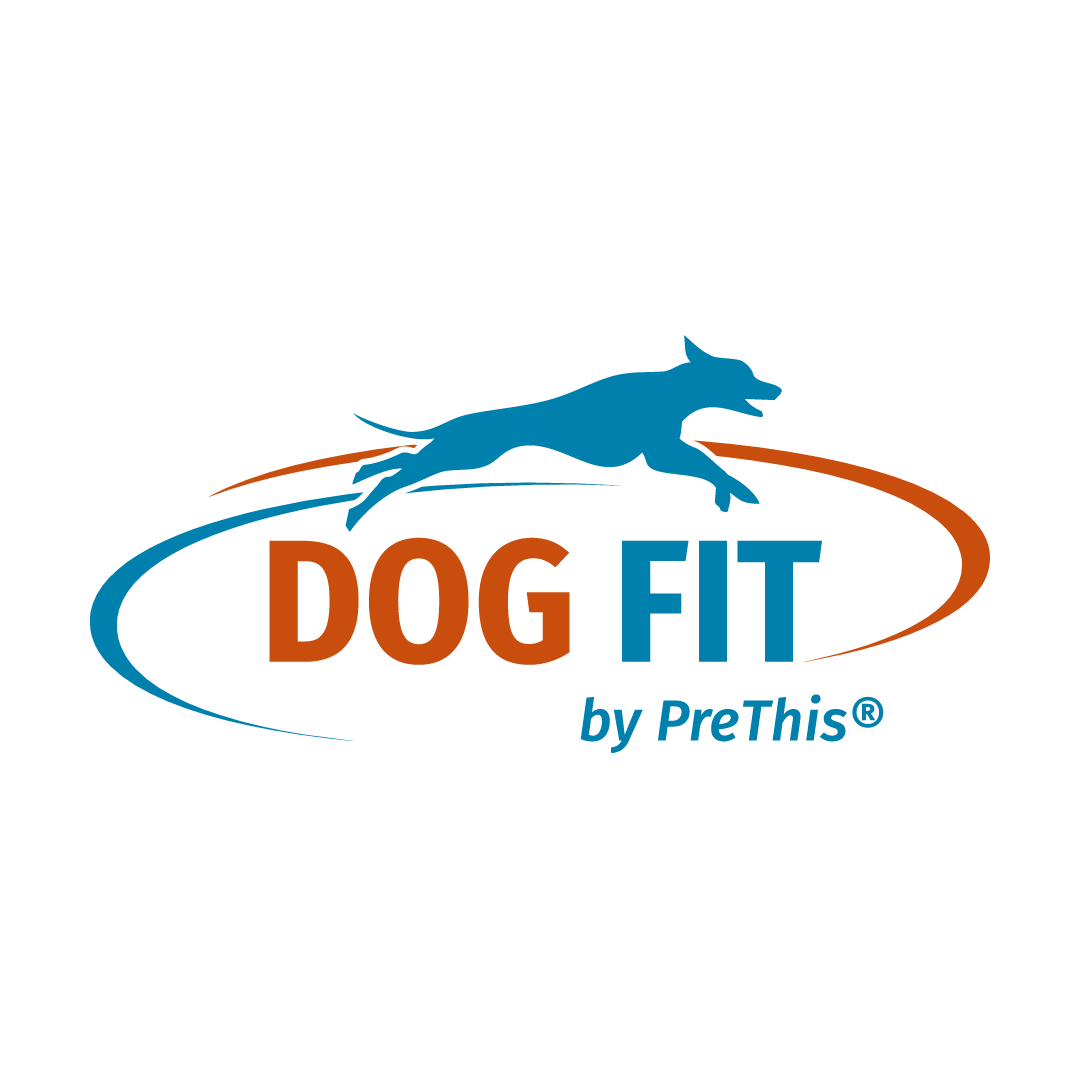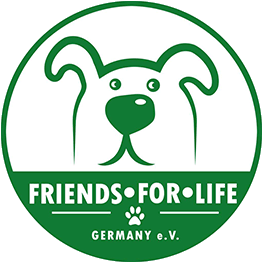 When it comes to the health of our beloved four-legged friends, it is important to be aware of various diseases and how they affect their well-being. One of these conditions that we can encounter is Radius Curvus Syndrome, also known as short ulna syndrome or carpus valgus. In this article, you will learn everything you need to know about this orthopaedic challenge, from causes and symptoms to treatment options.
When it comes to the health of our beloved four-legged friends, it is important to be aware of various diseases and how they affect their well-being. One of these conditions that we can encounter is Radius Curvus Syndrome, also known as short ulna syndrome or carpus valgus. In this article, you will learn everything you need to know about this orthopaedic challenge, from causes and symptoms to treatment options.
What is Radius Curvus Syndrome and how does it develop?
Radius Curvus Syndrome is an orthopedic condition that occurs in dogs. It is characterized by a malformation of the forelimb in which the ulna (elbow) is shortened while the radius (radius) bone continues to grow in a curve. This results in a deformation of the elbow joint and wrist (carpus), causing the leg to appear curved outwards, which is called carpus valgus.
The exact cause of this malformation is not yet fully understood. It is suspected that genetic factors can play a role, trauma, infection, incorrect stress, feeding errors, but also environmental factors during the development of the puppy in the womb can have an influence.
Dogs with radius curvus syndrome usually show distinct symptoms that indicate the deformity of the front leg. These include:
- Abnormal gait: Affected dogs often walk on the inside of the foreleg to relieve pressure on the deformed wrist.
- Pain and lameness: Because the joint is not properly aligned, pain and lameness may occur.
- Deformity of the front leg: The leg may appear curved outwards, which is called carpus valgus.
- Limited mobility: The mobility of the affected front leg may be limited, leading to difficulties in running and jumping.
Treatment options for radius curvus
Treatment of radius curvus syndrome depends on the severity of the deformity and the individual needs of the dog. In some cases, conservative treatment aimed at relieving pain and improving mobility may be sufficient. This includes painkillers, physiotherapy and weight control to reduce joint pressure.
In more severe cases, surgical correction may be considered. In this operation, the radius bone is lengthened to bring the affected joint into a better position. The decision for surgery should be made in close consultation with an experienced veterinarian who can best assess your dog’s individual situation.
Support from JOINTS elements
For dogs with radius curvus syndrome, it is important to support their joints in the best possible way. This is where DOG FIT JOINTS elements can play a valuable role. The combination of glucosamine, collagen, MSM and chondroitin can help to strengthen the joints, reduce inflammation and promote cartilage regeneration. This can improve your dog’s mobility and relieve pain. The high-quality, certified micronutrients in DOG FIT JOINTS elements are optimally utilisable and can be a valuable addition to the treatment of radius curvus syndrome.
Conclusion
Radius Curvus Syndrome in dogs is an orthopaedic challenge that should be addressed with care and professional support. The symptoms can affect your dog’s life, but with the right treatment and support, many dogs can achieve a good quality of life. With JOINTS elements, you can provide targeted support for your dog’s joints and help them live pain-free and happy lives. If you suspect that your dog is suffering from Radius Curvus Syndrome, don’t hesitate to consult a vet first to get an accurate diagnosis.
To JOINTS elements in the shop

Every day we experience the wonders of nature with our dogs. This inspiration is the basis for our lives and our products. In our magazine we share with you our passion for these wonderful animals. Visit our socials and become part of the DOG FIT community.


Leave a Reply